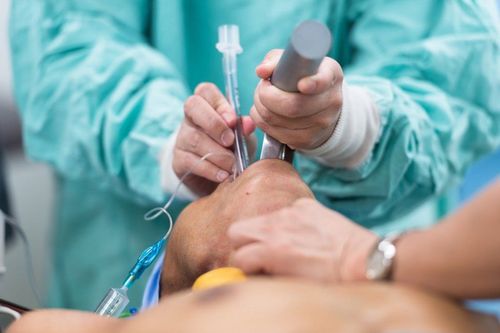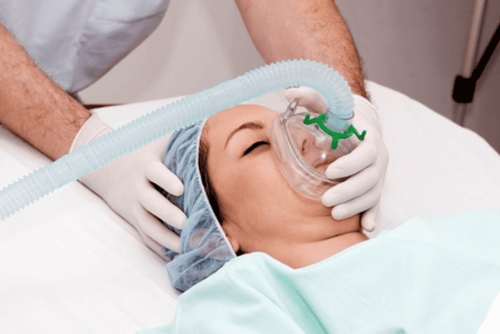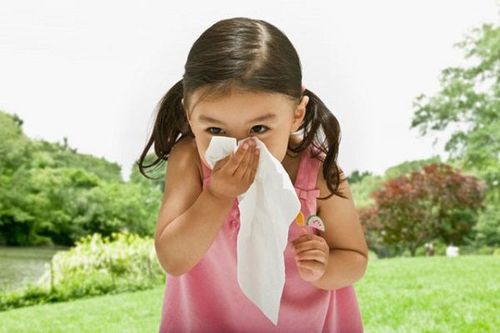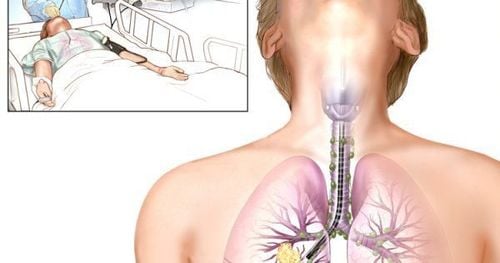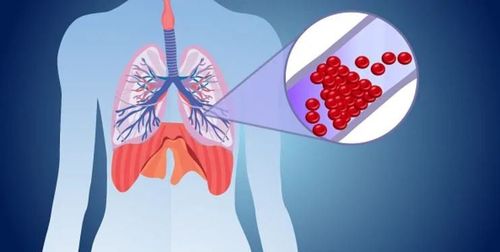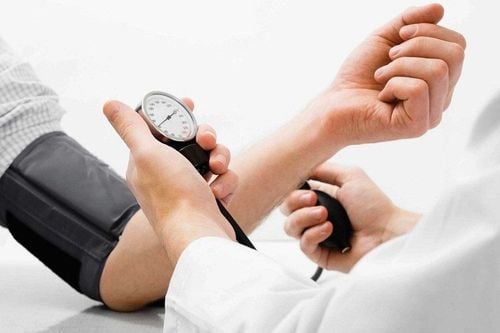This is an automatically translated article.
Bronchoscopy is a procedure to examine the inside of the bronchial tree with a bronchoscope, which is one of the techniques to help detect lung-related diseases.
1. What cases need bronchoscopy through endotracheal tubes?
Usually bronchoscopy is indicated in the following cases:
Bronchoscopy to diagnose tracheobronchial cancer. Endoscopy for monitoring after treatment for bronchial cancer. Bronchoscopy is used to evaluate patients with malignant head and neck lesions. Patients with infection include cases of patients with recurrent or slow improvement of pneumonia as well as: Infection in immunocompromised or empyema patients, lung abscess,... Indications Others include: Atelectasis, interstitial lung disease and hemoptysis, unexplained persistent cough or aspiration of foreign bodies, chest trauma, pleural effusion with unexplained exudates. Sputum suction.
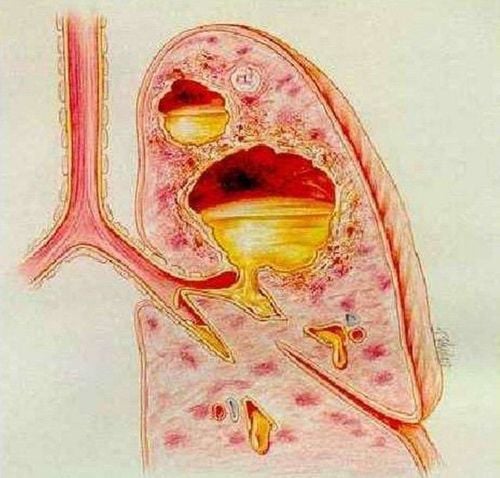
Bệnh nhân bị áp xe phổi được chỉ định nội soi phế quản qua ống nội khí quản
2. Contraindications for bronchoscopy through endotracheal tubes
People in the following cases should not have bronchoscopy:
Patients with cardiovascular disorders : Including people with severe arrhythmia or severe heart failure, myocardial infarction as well as recent angina attacks or unstable,... Cases with blood clotting disorders. Cases of uncooperative patients.
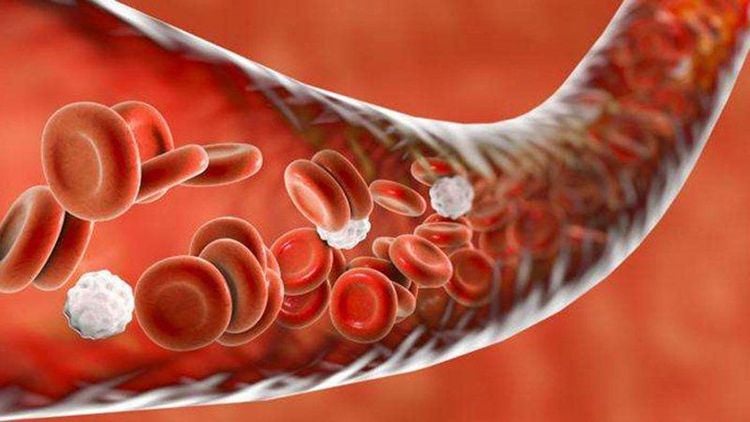
Bệnh nhân rối loạn đông máu chống chỉ định thực hiện thủ thuật
3. How is bronchoscopy through endotracheal tubes performed?
Step 1. Perform record check
Include patient's test results, film.
Step 2. Check the patient
Clinical re-examination of the patient before the endoscopy and combine with the patient's medical record to make plans for the endoscopy. Use Atropin 1/4 mg x1 ampoule for intramuscular or subcutaneous injection 30 minutes before the endoscopy to avoid increased secretion in the mouth and bronchi as well as to prevent reflexes of the X nerve.

Quy trình nội soi phế quản qua ống nội khí quản
Step 3. Perform bronchoscopy technique through endotracheal tube
Patient position: The patient lies on his back and breathes oxygen through the T-tube. The patient received bronchial anesthesia with 2% xylocaine pumped through the endotracheal tube. The doctor inserts the endoscope into the endotracheal tube, while walking and observing the lesion. During bronchoscopy, make sure the bronchoscope always goes between the patient's trachea to limit damage to the tracheobronchial wall. The principle of bronchoscopy is to perform bronchoscopy first to avoid infecting the healthy lung. Depending on the lesion on the lung film as well as the bronchoscopy image, the doctor can perform sampling techniques including bronchoalveolar lavage and bronchial tumor biopsy as well as transmural aspiration. bronchi. At the same time, there will be no transbronchial biopsy during bronchoscopy in mechanically ventilated patients.
4. Complications can be encountered during bronchoscopy through the endotracheal tube
When performing bronchoscopy through endotracheal tube, the patient may encounter a number of complications, including:
Hypoxia Blood Bleeding at the biopsy site Bacterial infection Pneumothorax Complications and ears Other complications such as allergy to local anesthetic. Any questions that need to be answered by a specialist doctor as well as if you want to be examined and treated at Vinmec International General Hospital, you can contact Vinmec Health System nationwide or register online. online HERE.
MORE
Role of bronchoscopy in the diagnosis of respiratory diseases Bronchoscopy for the diagnosis and treatment of respiratory diseases Basic bronchoscopy techniques




